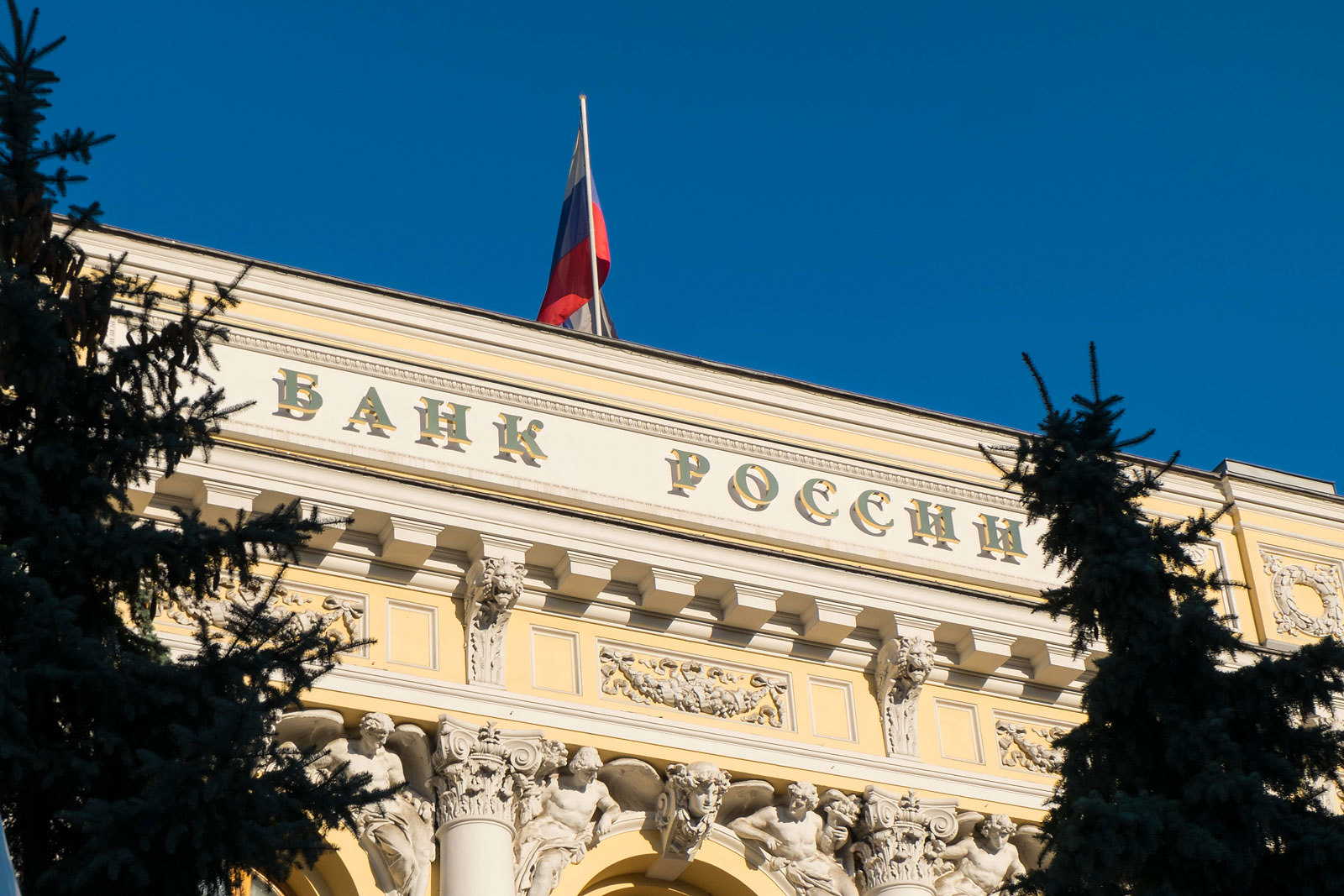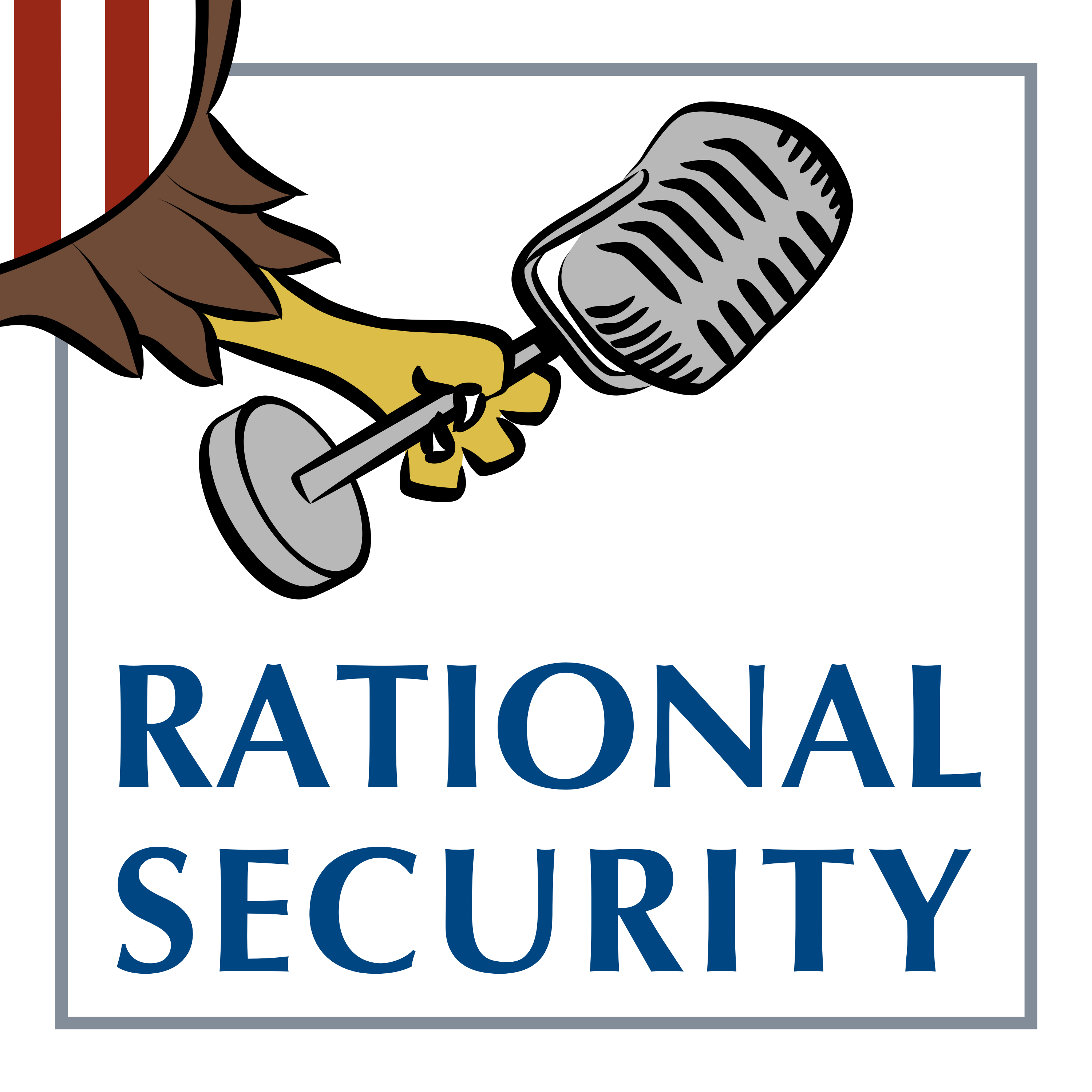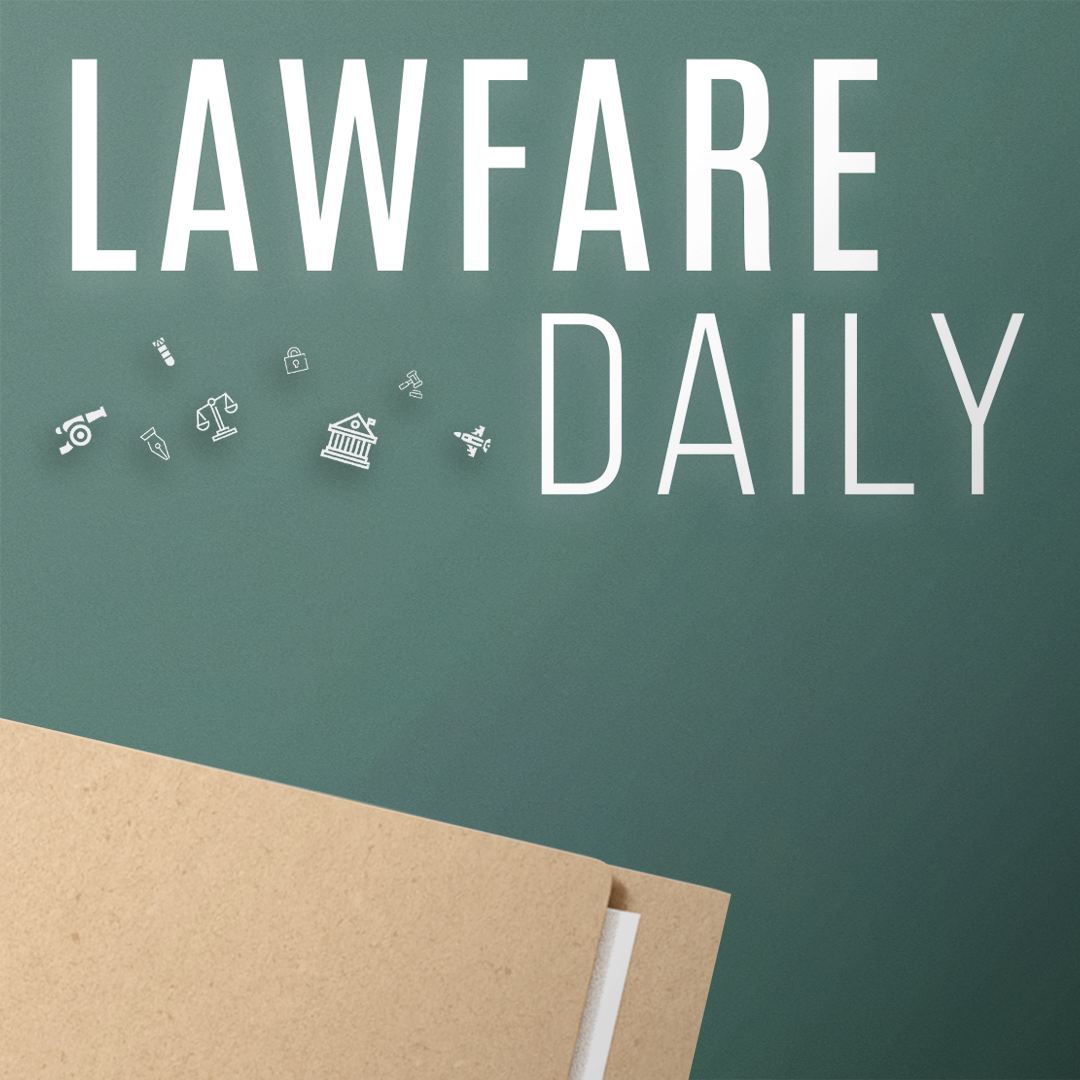Russian Assets Redux: Examining New Proposals for Reparations Loans

Published by The Lawfare Institute
in Cooperation With

On Sept. 25, German Chancellor Friedrich Merz took to the pages of the Financial Times to throw his weight behind a proposal to leverage frozen Russian sovereign assets to aid Ukraine. This follows recent reports that the European Commission is presenting EU member states with a new option to loan Ukraine 140 billion euros using the Russian assets. Merz’s support, however, is premised on utilizing frozen Russian assets “without intervening in property rights” of those assets.
How can the EU loan Ukraine €140 billion relying on Russia’s assets but without interfering with them?
Background
The EU’s loan proposal, and Merz’s support in particular, marks a dramatic shift in the conversation in Europe about how to use Russia’s frozen assets for the benefit of Ukraine. Nearly as soon as Group of Seven (G7) members froze $280 billion of Russia’s sovereign assets on Feb. 25, 2022, commentators pushed for using the assets to help Ukraine. This kicked off a fierce public debate over the legality of seizing the assets themselves, posing significant questions under international law and U.S. domestic law. Meanwhile, G7 diplomatic discussions since 2022 were just as fierce, with the United States eventually pushing for outright seizure, the United Kingdom eventually warming to seizure, but with Germany and France adamantly opposed. Merz’s predecessor, Olaf Scholz, and other G7 leaders initially objected on international law grounds, pointing to the sovereign immunity protecting the assets, while the French finance minister flatly announced there was no international law basis for seizure. I argue in a forthcoming article in the Virginia Journal of International Law that a path to seizure remains legally available under a countermeasures theory, and many EU members continue to advocate for seizure.
The First Loan Mechanism: ERA Loans
Despite consistent pushes from governments and prominent scholars that seizing Russia’s frozen sovereign assets could comport with international law, G7 discussions stalled in 2023. In search of an alternative, the G7 devised Extraordinary Revenue Acceleration (ERA) loans to provide Ukraine loans repaid through profits earned on Russia’s frozen assets rather than from G7 government coffers. When the initial freezing measure took effect, almost $200 billion of Russia’s assets were in Euroclear, a Belgium-based central securities depository, which is where they remain frozen today. The unique structure of Euroclear created two unusual circumstances. First, the assets parked in Euroclear generated profits—coupons, dividends, and other income on securities—from their management and reinvestment. Second, under Euroclear’s contracts, Euroclear, and not Russia, had title to profits earned on the assets. This allowed the EU to direct those profits to be used to help Ukraine without having to disturb the principal assets.
At $5 billion per year, these profits were a significant sum to provide to Ukraine. But rather than dolling out piecemeal grants to Ukraine, G7 governments leveraged this flow of profits to frontload even more money to help Ukraine. In 2024, G7 members issued $50 billion in loans to Ukraine repaid by the stream of profits being earned on Russia’s frozen assets. The U.S. and others directed more than half of the $50 billion to a fund established at the World Bank to pay for economic and reconstruction support to Ukraine while the EU’s $20 billion loan was provided for direct budget support, including defense spending. In sum, the ERA loans provided Ukraine significant cash, but it also left the underlying Russian assets untouched.
New Loan Proposals
Although the ERA loans were a significant step to aid Ukraine and signal to Russian President Vladimir Putin of the G7’s resolve, they would not be enough to sustain Ukraine through Russia’s war of attrition. The United States stopped economic and military funding to Ukraine in January, and the EU has debated how to pick up the tab since. Ukraine faces an 8 billion euro budget shortfall in 2026, and the World Bank estimates reconstruction will exceed $500 billion. Merz’s recent focus on creative solutions “without intervening in property rights” of Russia’s assets suggests EU members still cannot reach consensus on seizing the principal assets.
Details on the European Commission’s proposal remain scarce, but based on various reports, the mechanism appears to work as follows: Most of the Russian assets have now matured into cash and sit in a Euroclear cash deposit account at the European Central Bank (ECB); Euroclear would use that cash balance to buy zero-coupon EU bonds at zero interest rate (the EU has formally called these a “tailored debt contract” rather than a bond since they are not tradeable and Euroclear is the only buyer); the EU would then secure the bonds through collateral pledged in the EU’s 2028 long-term budget; the bonds would replace the cash in Euroclear’s accounts; and the EU would dole out the cash to Ukraine in tranches. In essence, the EU would enter into debt contracts with Euroclear, replacing the assets themselves with a 140 billion euro IOU. The U.K. has proposed a similar bond scheme to issue a 25 billion pound “reparations loan” to Ukraine, also replacing cash deposits with bonds. Another variation on the bond proposal would be for Euroclear to loan the money directly to Ukraine, with the EU guaranteeing the loan, which would essentially buy down the risk to Euroclear.
An additional proposal that has gained recent attention follows a similar tack, proposing Russian asset-holders transfer the assets to a “special purpose vehicle”—a separate legal entity created to administer the scheme and help isolate risk from Euroclear or the EU—that would invest the funds in a loan to Ukraine, with Ukraine assigning its entitlement to receive reparations from Russia as collateral for the loan. Critical to each loan proposal is that the bonds/loans would be repaid only if Russia pays Ukraine reparations for the damage caused by Russia’s aggression. This could be written into the debt-security instrument but presumably could be structured as a bond being callable upon Russia paying reparations or a limited recourse loan to Ukraine. Either way, the various loan proposals would swap the assets now for bonds repaid only if Russia pays Ukraine what it is legally obliged to pay.
Legal Issues Converting Russia’s Cash to Bonds
Under either loan proposal, the key to gaining the support of states that have previously balked at seizure is Merz’s claim that the bond scheme would not interfere with the property rights of the Russian sovereign assets. For states viewing the sovereign immunity of Russia’s assets as an insurmountable legal obstacle to full seizure, a solution that preserves Russia’s property rights but enables more aid to Ukraine could gain support. But is replacing the principal with bonds a sleight of hand or a creative legal maneuver? Possibly both. Typically, the holder of a debt security cannot alter the security, including its terms and maturity, without consent from the security holder. The underlying Russian assets in Euroclear appear to be bonds that have matured into cash. If held by a typical bank, this would make them equivalent to demand deposit—if regulations weren’t in place immobilizing the assets, Russia could demand the deposits from the bank and the bank would be required to provide Russia the cash. Using that cash to purchase bonds would normally affect the property interest of the bond-holder. Under U.S. law this swap is known as a “conversion” and would be severely restricted by federal banking law but permissible in limited circumstances. EU regulations passed after the Great Recession allow bank regulators to order the conversion of cash deposits over 100,000 euros into bonds or equity, but it must be part of a “bail-in” to save a failing bank. Acknowledging the rarity of conversion, Euroclear’s terms and conditions indicate that it “will not use for any purpose securities that belong to you unless and to the extent we have obtained your prior express consent.”
What may set the Russian sovereign assets apart, however, is their status within Euroclear. As with the ERA loans, the unique structure of Euroclear may make this sort of conversion easier, especially if ordered by the Council of the European Union. First, as with existing EU provisions on bail-ins, the council can order financial institutions to undertake conversions. That alone could give Euroclear legal cover. An ordered swap also ensures Euroclear’s assets and liabilities remain balanced since the cash deposits—which would normally be used to fulfill Euroclear’s obligation to pay out Russia—would be swapped for bonds of equivalent face value. Second, Ashley Deeks, Mitu Gulati, and Paul Stephan have also proposed that loans paid using Russia’s sovereign assets would not interfere in Russia’s property rights using the financial concept of set-off. Set-off is a commonly used financial action to settle (or net) symmetrical debts. In their proposal, loans issued using Russian sovereign assets could be set off against Russia’s reparations obligation to Ukraine without interfering with Russia’s sovereign immunity. An additional argument comes from the architects of the special purpose vehicle proposal, which does not rely on set-off. They argue that using Russia’s assets to fund a loan to Ukraine preserves Russia’s legal interests because Russia would continue to have legal title to the funds and own the investment. This analysis of preserving legal interests in many ways resembles arguments proposed by several scholars (which I expand on here) that seizing Russia’s assets would be a reversible countermeasure under international law. Philippa Webb’s excellent analysis for the European Parliament envisioned fulfilling the reversibility requirement for a countermeasure by issuing “a loan conditional on Russia’s fulfilment of its obligation to make full reparation.” A countermeasure justification, however, inherently assumes that the underlying act constitutes an internationally wrongful act, something the EU seems to insist their loan would not be. Instead, the European Commission’s bond proposal likely considers Russia’s property interests preserved by swapping for bonds equivalent in face value, thus not interfering in the sovereign immunity owed to the assets.
Managing the Slippery Slope
Swapping the Russian assets for bonds is not without legal risk. The Council of the European Union has the power to order financial institutions like Euroclear to convert assets they hold from cash deposits to bonds, albeit at a new scale and scope. But theories for why this swap would not disturb Russia’s property interests and therefore interfere with sovereign immunity, while logical, remain relatively untested. The concept of preserving Russia’s legal title to the same amount as its cash deposits makes sense, but any action would also need to reassure other holders of debt securities that their deposits would not be subject to similar conversions. This can be done in a number of ways, including underscoring the sui generis nature of the action and that it applies solely to this set of assets in exchange for a debt instrument secured by the EU. Russia’s aggression, the reparations it owes Ukraine, and the EU’s existing restrictive measures immobilizing Russia’s sovereign assets are each unique factors contributing to this creative proposal. This should help assuage fears that this sort of swap will become a common tool in economic statecraft since those factors are unlikely to be replicated for your average cash deposit, sovereign or otherwise.


.jpg?sfvrsn=ecdc4800_6)


